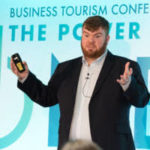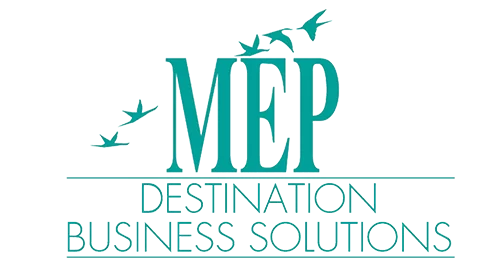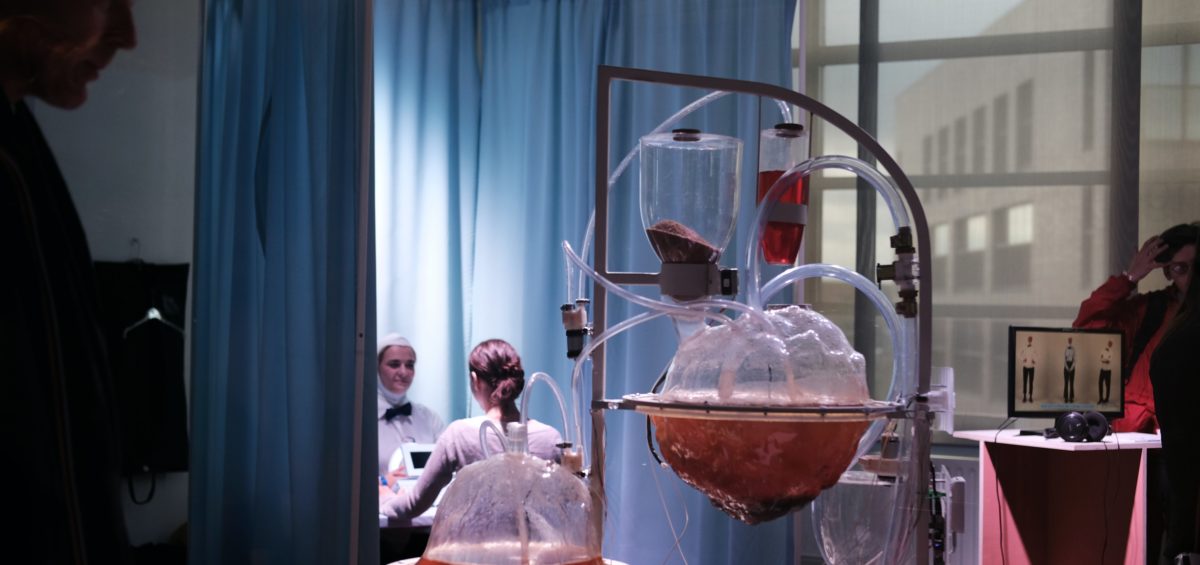
Virtual Events: A digital demise, or is it on the rise?
COVID 19 hit the MICE (meetings, incentives, conferences & events) industry hard and fast. Almost overnight the world came to a grinding halt and so did our industry. Unlike any pandemic or global disaster in memory, COVID 19 has not been momentary. When we think back to other causes of global crisis the causation is usually limited to a fairly short period of time or a specific geographic location, COVID 19 on the other hand has left no stone unturned in its devastation and has a seemingly unknown end point.
Whilst the MICE industry has been hit particularly hard (putting it mildly), there is still promise. Our industry exists because as humans we have a basic need, almost an inert instinct and desire to communicate, connect and learn. In times of hardship and uncertainty rather than diminish this need becomes heightened, governments around the globe set up daily briefings to communicate with populations, businesses jumped into action implementing technologies and processes to facilitate communications for homebased working, whilst families and friends who yearned for connection adopted video calling, instant messenger and any other methods that would make them feel that little bit closer.
Research conducted by Analysys Mason shows the growth in traffic for operator and OTT communication services (real time communications solutions that operate over the internet) in countries that enforced lockdowns and suppression tactics to avoid the spread of COVID.

As can be seen from the data above, the growth in digital communication channels has been monumental. Italy saw a 1000% increase in group calling on WhatsApp and Facebook Messenger over a 30-day period whilst the USA saw a 500% increase in just one day on the same channels. So why is this promising for the MICE sector? Well in short it allowed many events businesses to find an alternative source of income as they pivoted to delivering virtual versions of just about anything you could imagine, from cocktail hours to awards ceremonies and more. But most importantly it proves that the appetite to connect, communicate and learn is still as prevalent as ever.
A recent article from Forbes suggested that since COVID 19 virtual events were up 1000% with 52,000 on just one platform alone. With such a massive increase in virtual events we really have seen the good, the bad and the downright ugly. As businesses began to mobilise to put in place virtual events / meetings / communications the apparent focus has been on securing the correct technology. Whilst no one can deny that this is important, in the eyes of the event attendee its expected. Imagine throwing an outdoor event for 1000 people, getting the correct tech is like having enough toilets, get it right and no one will thank you for it, get it wrong and your reputation is on the line. What really matters to the attendee on a virtual event is equally the same as at a physical event, it’s about the content, the engagement, personalisation, the feeling the event leaves them with.
Its not enough to just have a speaker on the screen, in a world of Netflix, Disney+, Amazon Prime almost every human being (even in third world countries thanks to mobile technology and connectivity) have become accustomed to broadcast quality viewing high end production. This is where the MICE industry has been able to plug the gap, adding engagement and creativity as the much-needed layer above the technology. As time goes on the quality is increasing, companies are getting braver and stretching the limits of possibility.
So, what does this mean for virtual events?
Well let’s face it, they aren’t disappearing anytime soon. Businesses have seen the value of communicating virtually, from decreased costs, to increased sustainability. However, thankfully for us the psychology of shared experience proves that as humans, we yearn for connections, with a need to feel part of something. Maslow’s Hierarchy of needs states that belongingness and love are next in line after the basic physiological and safety needs. Social Psychologist Erica J Boothby is a social psychologist who studies social judgement and decision making, interpersonal interaction and meta-perception. Her research has found that “both pleasant and unpleasant experiences were more intense when shared” listening to music at home by yourself is not the same as listening in a room with two friends, in the same way that listening at home with two friends is not the same as being in a mosh pit at Glastonbury, or upfront at an intimate 100 person gig. There is something about being together physically that just cannot be replaced.
In the short term we will continue to power through with virtual, finding increasingly innovative ways to add engagement and enhance the value of the online shared experience and connection with brands and each other. Short to medium term as we see how COVID 19 pans out and people build up the courage to reconnect physically, we will see a shift to hybrid events. Because of hybrid it is my opinion there will be an increase in our domestic business as smaller groups come together locally to be live streamed to their counterparts across the globe. This will potentially hit larger venues and convention centres the hardest as once large-scale events will now be reduced and spread across smaller regional and international venues, potentially giving hotels a bite of a cherry that used to be beyond their reach due to capacities. In the media to longer term however, I see real life, in person events coming back stronger than ever. As humans we are realising how much we value connection, communication and learning. Travel is one of the greatest ways to achieve all three, COVID 19 has given us an opportunity to review and reflect and more than ever employees will value intrinsic over extrinsic reward and motivation factors. Virtual and hybrid are here to stay, we will have to be prepared to include these elements into our events for evermore, but there is nothing my powerful that physical human connection.



